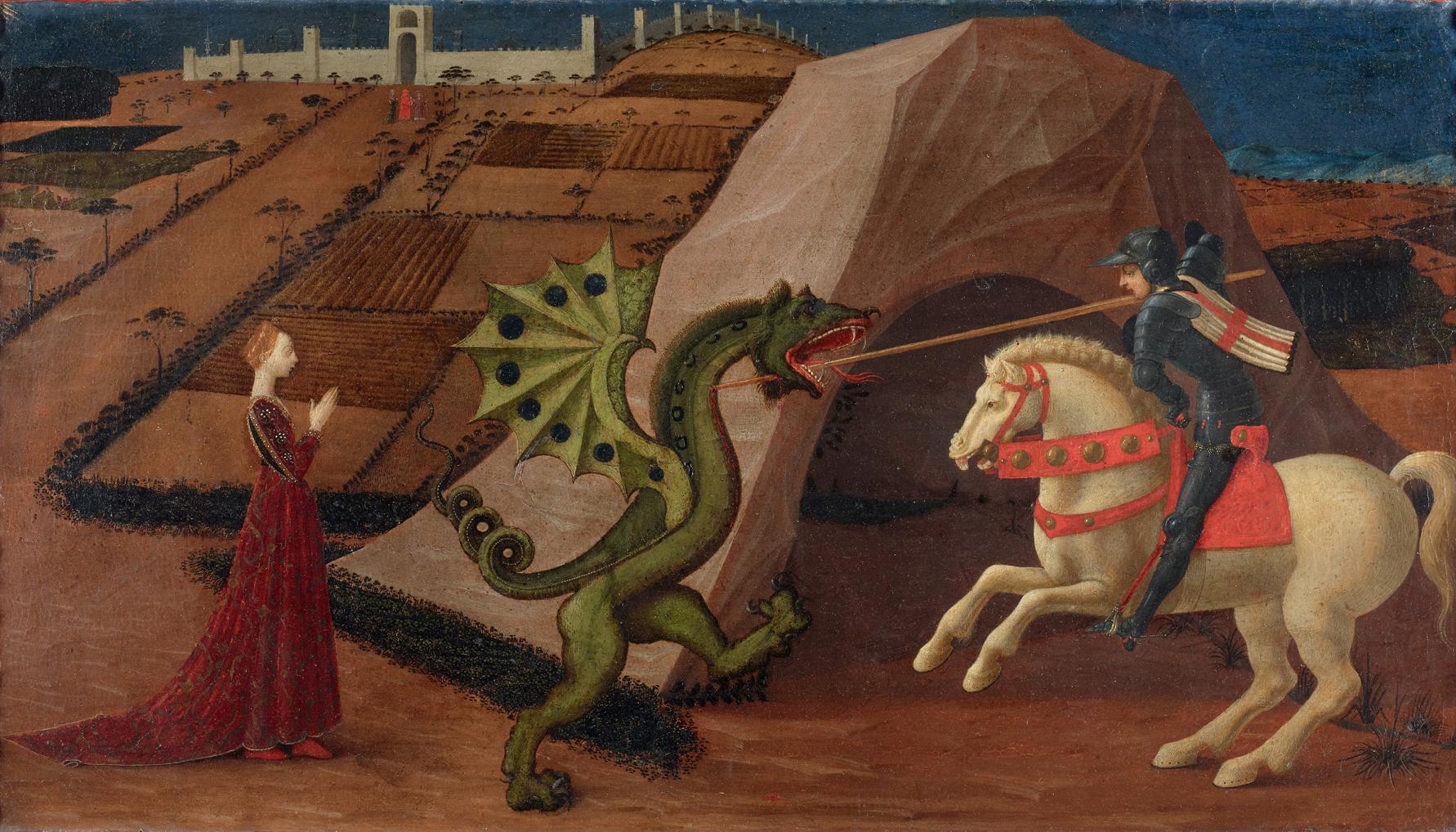Aucun problème, tu peux écrire en français. Tu l’écris d’ailleurs très bien ! Ça ne me dérange pas pour l’absence d’accents, ça nous arrive parfois de ne pas les mettre (surtout quand on écrit vite sur smartphone).
Selon Wikipédia, cet usage du mot “portmanteau word” en anglais viendrait de Lewis Caroll. C’est un jeu de mot qu’il a inventé dans Through the Looking-Glass (1871).
Il utilise l’image d’une valise qui s’ouvre par le milieu et révèle deux compartiments : un seul mot suffit pour dire deux choses à la fois. À l’époque de Lewis Caroll, ce type de valise particulier s’appelait en anglais « portmanteau », ce qui explique l’expression anglaise « portmanteau word ».
Dans le roman De l’autre côté du miroir, au chapitre 6, le personnage Humpty Dumpty explique à Alice la signification du mot « slictueux » (« slithy » en anglais) qui apparaît au début du poème Jabberwocky :
« Well, “SLITHY” means “lithe and slimy.” “Lithe” is the same as “active.” You see it’s like a portmanteau—there are two meanings packed up into one word. »
En français, on dit mot-valise (a bag-word). Ça n’aurait d’ailleurs pas vraiment de sens pour nous de dire porte-manteau (coat rack).
Wikipedia :
The word portmanteau was introduced in this sense by Lewis Carroll in the book Through the Looking-Glass (1871), where Humpty Dumpty explains to Alice the coinage of unusual words used in “Jabberwocky”. Slithy means “slimy and lithe” and mimsy means “miserable and flimsy”. Humpty Dumpty explains to Alice the practice of combining words in various ways, comparing it to the then-common type of luggage, which opens into two equal parts.
In french, we use “mot-valise” (“bag-word”). It wouldn’t really make sense for us to say porte-manteau, as it means coat rack.
Pour l’expression “touché”, effectivement c’est une expression d’escrimeur et a le même sens métaphorique que pour les anglophones. Mais nous n’utilisons presque plus cette métaphore. Ça nous fait un peu penser au roman Les Trois Mousquetaires d’Alexandre Dumas et aux films de cape et d’épée. Par contre, on l’entend souvent prononcé par les anglophones !
As for the expression “touché” it has the same metaphorical meaning as it does for English speakers. But we hardly ever use this metaphor anymore. It reminds us a bit of the novel The Three Musketeers by Alexandre Dumas and swashbuckling films. On the other hand, we often hear it pronounced by English speakers ! Actually, some of us like to use it sometimes with the english accent cause it sounds posh.
Do you use foil, épée ou sabre ?









Apparemment, il y a bien une fédération d’Arts Martiaux Historiques Européens (AMHE) française.
Je connais très mal l’escrime, je ne savais pas pour l’escrime espagnol mais ça ne m’étonne pas vraiment. Du coup, je t’imagine un peu en Inigo Montoya dans Princess Bride (“Hello. My name is Inigo Montoya. You killed my father. Prepare to die.”) ou en Chat Potté (Puss in Boots).
Tu devrais apprécier cette curiosité : https://jlai.lu/post/16539347
@[email protected] je me permets de te ping ici, pour l’étymologie de portmanteau (je sais que tu aimes bien ce genre de choses).